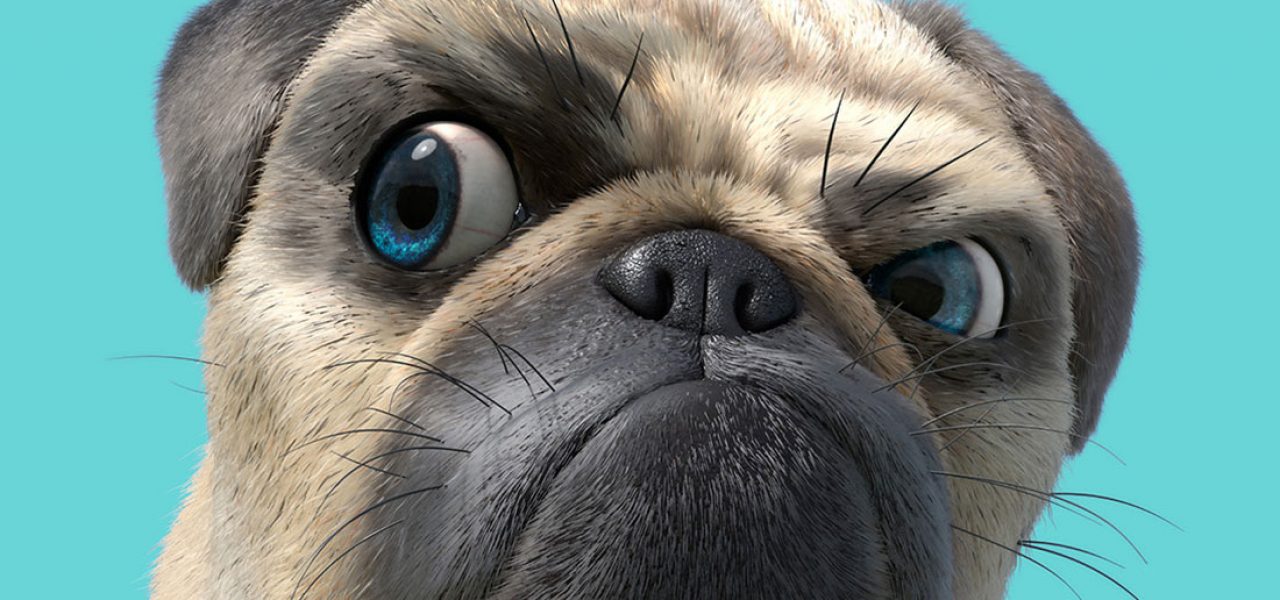
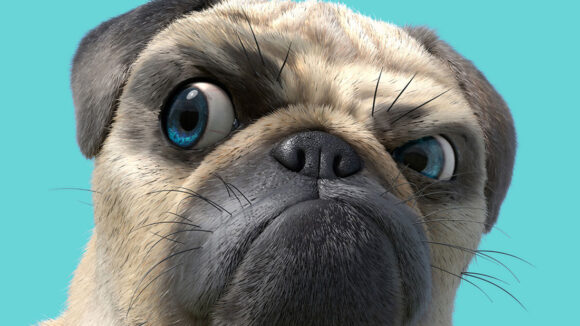
French Studio TeamTO Built New Animation Software For Its Hyper-real Slapstick Series ‘Mighty Mike’
At Annecy 2018, French cg studio TeamTO previewed their ‘hyper-real’ animated animal series Mighty Mike. The show follows a hapless dog and several other animals in a suburban home, marketed as a cross between Tom and Jerry and pet home videos.
Mike reaches this hyper-real state, rather than a more traditional cg cartoon-y look, thanks to TeamTO’s reliance on custom animation software and the use of physically-based rendering of the furry characters.
At Annecy, Cartoon Brew got a sneak preview of Mike – which has been acquired with worldwide rights (excluding the United States) by Cartoon Network – plus a behind-the-scenes look at the software behind it
Mighty Mike had its beginnings in a slightly unusual way. TeamTO president and CEO Guillaume Hellouin first saw ‘Mike’ in a proof of concept animation produced by Canadian studio Digital Dimension – the project was designed to test GPU rendering, including the challenging task of rendering fur as efficiently as possible. The concept featured a pug doing various slapstick things, inspiring Hellouin to explore it as a series. “Digital Dimension did this test for a feature film and that gave me the idea to create the show,” Hellouin told Cartoon Brew. “So I created basically the concept of the show, and then we started developing the show from scratch.”
https://youtu.be/4OmZZarlkVw
TeamTO did not adopt Digital Dimension’s GPU rendering approach, but it did set out to develop bespoke in-house software to help create and animate Mighty Mike’s characters. The first piece of software was developed to aid with production management and is called Overmind, while the second was a brand new animation tool called Rumba. Rumba is TeamTO’s collaborative project with Mercenaries Engineering (which also makes rendering software Guerilla Render) and French public research body Inria.

“It’s animation software which helps to animate in a ‘kind of’ live way,” explained Patricia De Wilde, director of marketing and new business at TeamTO. “For example, imagine you’re doing the animation and right away you can see the result. It’s great because it makes animating much more efficient. However, it’s tough at the same time because it’s the first time that we’re actually using it on a large-scale production. So we have all the issues of trial and errors of a new piece of software. But in the end when all this will be behind us, it will be great because it will be a good benchmark to see what this software can do.”
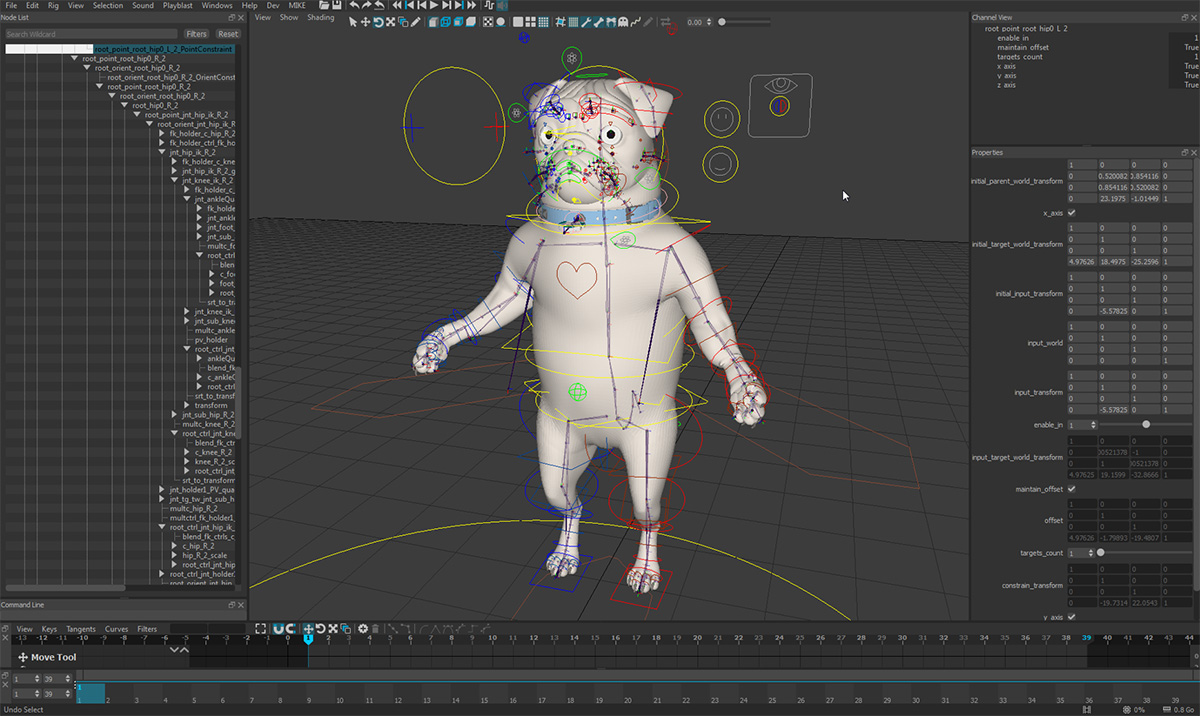
“The reason for developing it, deep down,” added De Wilde, “is that we are producing Mike one hundred per cent in France where the costs are higher than a lot of other countries, meaning we have to be much more efficient in the output so that we can compete cost-wise. So the only way to be efficient is to have the better software that is more fine-tuned and customized to your production.”
Although the characters are often furry creatures, Hellouin states that that was not actually the biggest challenge; what was more difficult was achieving Mike’s hyper-photorealism. “We’ve seen that in feature films, in high-budget feature films, but no one has done it on a tv series. So the biggest challenge was to create the environment with all the sets, the props, everything. It’s like another live-action feature film.”
Above: a demonstration of Rumba.
TeamTO utilized Renderman’s new physically plausible rendering architecture, RIS, to handle rendering of the characters, while also working hard to deliver a lighting workflow that did not necessarily require them to light every single shot but instead apply lighting setups throughout the show.
Those software developments, of course, came during production, after the show had been pitched and picked up by Cartoon Network in France. The original incarnation was known as Take It Easy Mike, and later as Mighty Mike & The Wild Bunch. Right now it is known as Mighty Mike.
One of the challenges of the original pitch was that the Digital Dimension proof of concept existed, but TeamTO needed to show it could do other animals – such as turtles, kittens, and racoons. They pitched with real-world photography and then reverse-engineered the animation.
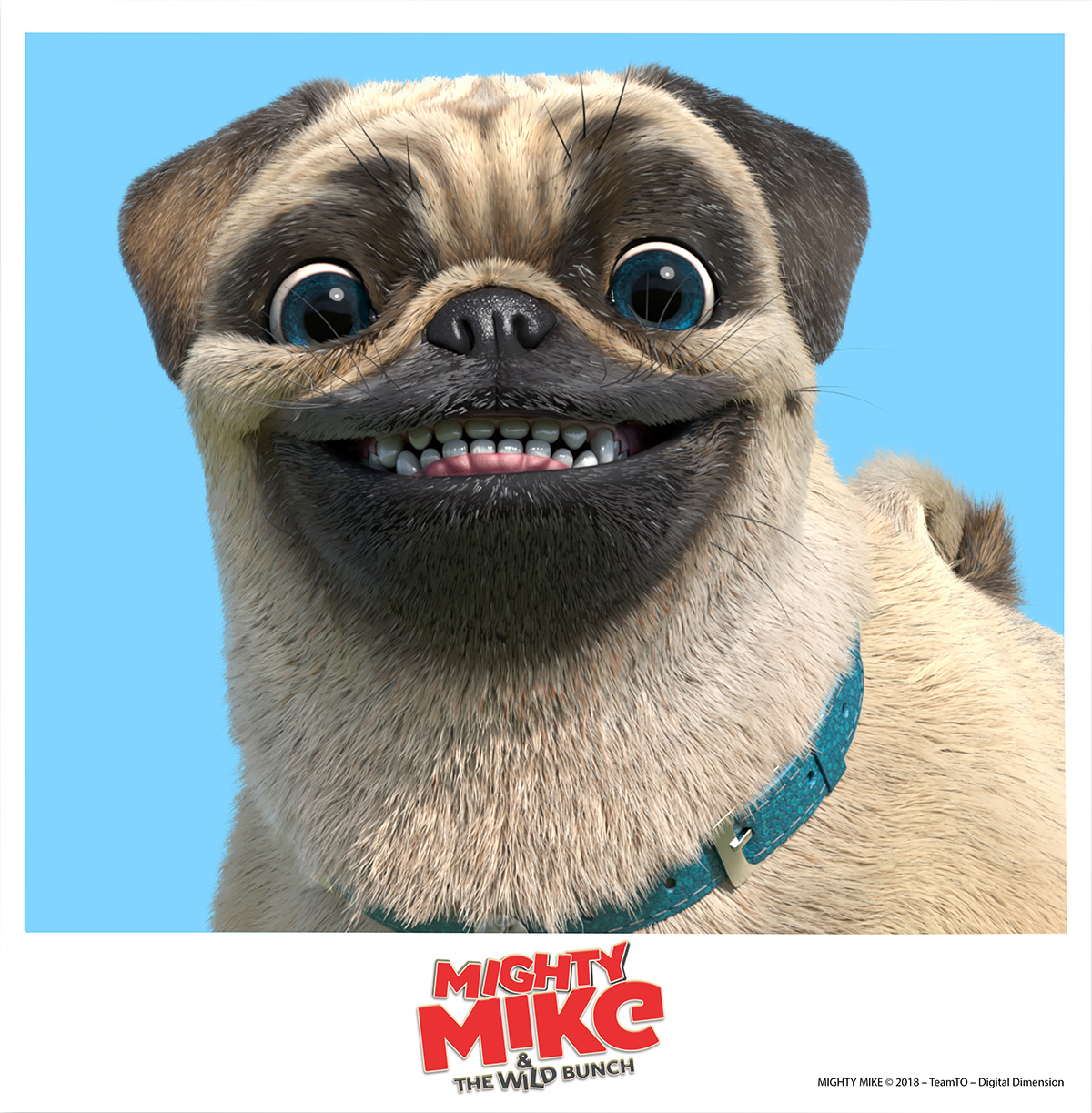
Another more unusual challenge for the show’s makers was ensuring the slapstick nature of the characters’ behavior did not exceed any allowable programming rules for children. “It is a challenge when you produce slapstick because that’s the core of slapstick,” said De Wilde. “The characters look like they get injured, they fall off a cliff, they have all these amazing things happening to them. So we had these very intense discussions about how much to pull it back because sometimes you risk losing the intensity of the humor or the surprise if you change it.”
The first season is primarily directed by Franz Kirchner (Angelo Rules, Rabbids Invasion), with Arnaud Bouron and Jérémie Guneau also on the directing roster. The budget was 9 million euros and the show will consist of 78 seven-minute episodes. Digital Dimension stayed on as a Canadian co-producer, while China-based entertainment company UYoung is a Chinese partner. Cake Entertainment is distributing.
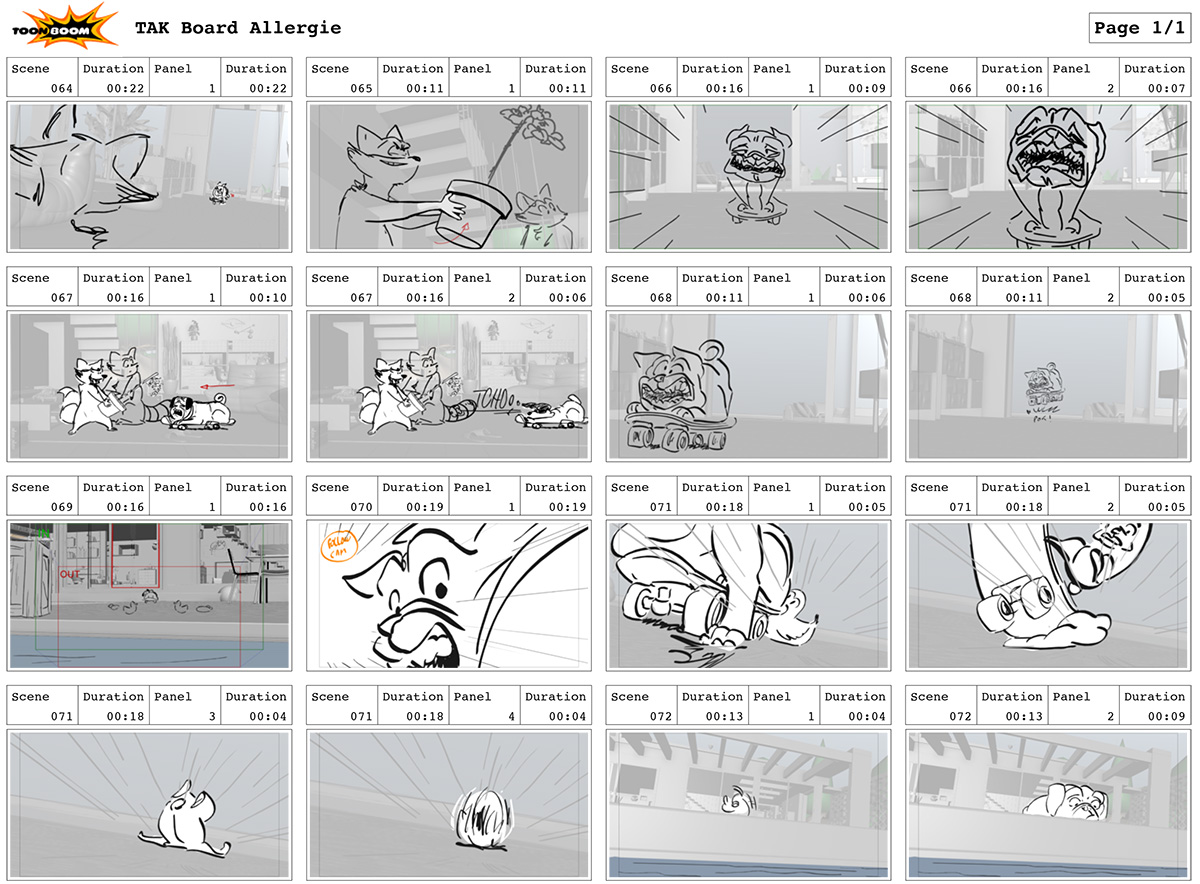
The adventurous show saw TeamTO ramp up significantly so that, between the studio’s Paris and Bourg-lès-Valence locations, employee numbers have reached over 400. The first episode is nearing completion and TeamTO says the series is likely to begin airing early 2019. De Wilde sees the point of difference in Mike as being both the slapstick humor and the photoreal side of the work.
“The photoreal characters really add to the humor because I would say 90% of those things you wouldn’t see real animals doing. You know, the mind adjusts, and it’s like real…not real…real…not real. And that is definitely a component of humor because it’s so unexpected to see a pet doing what they’re doing.”
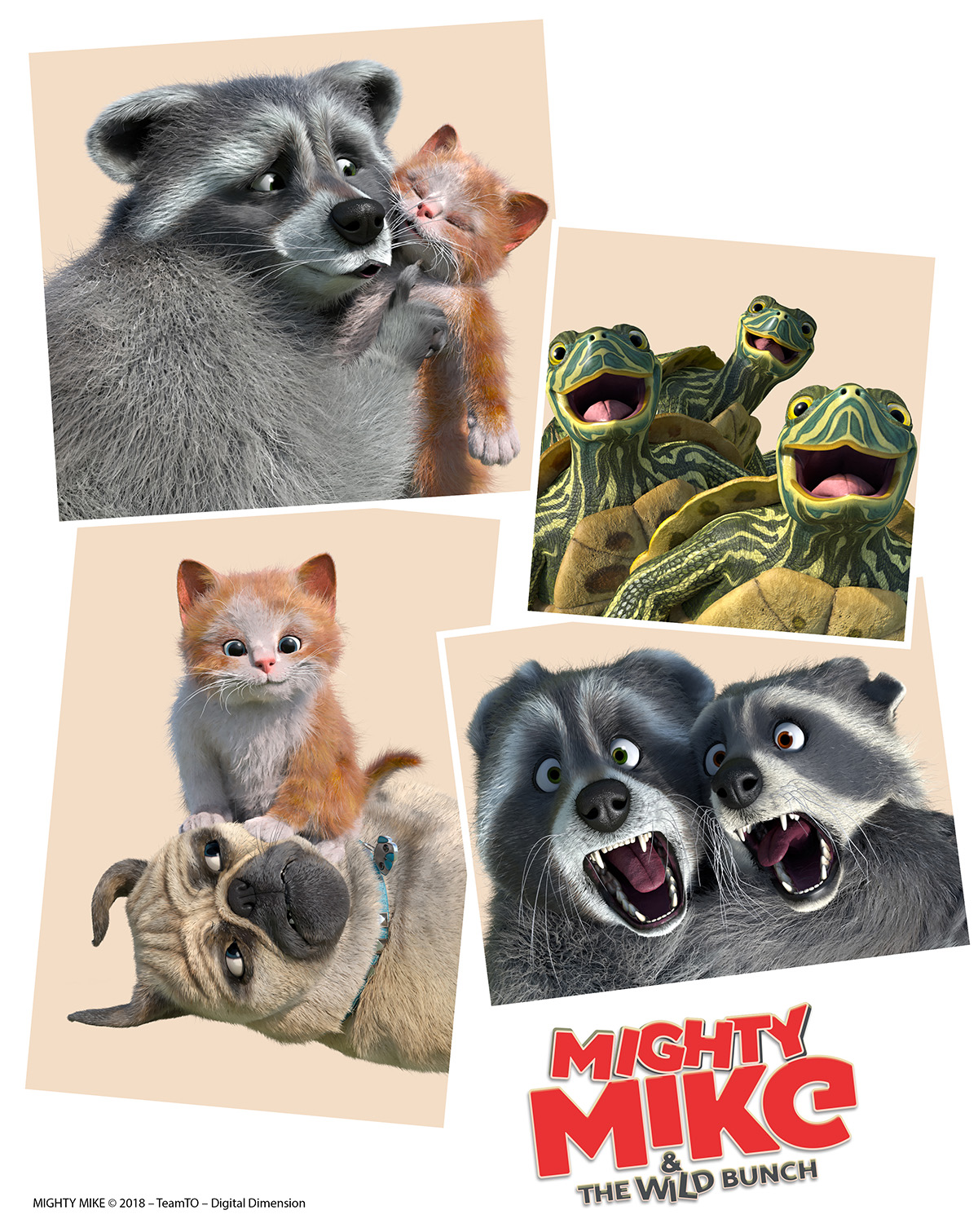
(Note: This article has been updated. It originally included a video related to Mighty Mike that was incorrectly described as being a proof of concept test. This video has been replaced with a new video that shows the first composited images from the series, and the description of that original original video was also removed.)

.png)